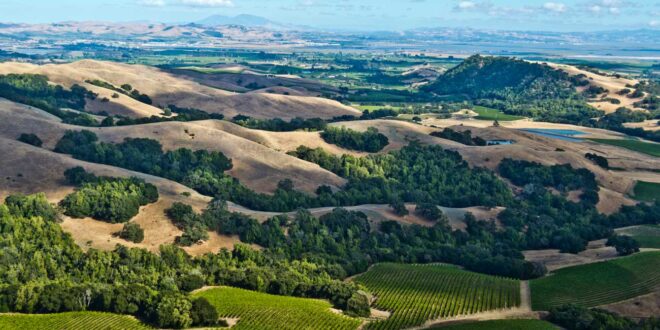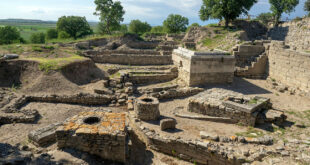[ad_1]  Vineyards and hills of Sonoma County.
Vineyards and hills of Sonoma County.
Selecting a great bottle of wine can easily send shoppers down a rabbit hole, often much deeper than they ever intended.
And what starts as a simple quest for a good pour can go horribly wrong if price is the only measure of a wine’s worth.
Scroll down for notes and scores for 20 great value wines from Sonoma under…
[ad_2]
Source : https://www.decanter.com/premium/the-best-sonoma-county-wines-for-50-or-less-552982/



